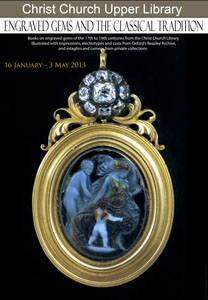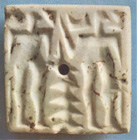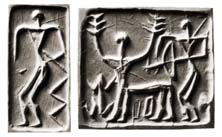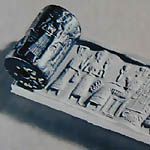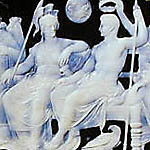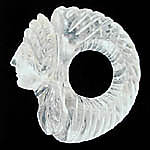Γλυπτογραφία είναι η τέχνη της γλυπτικής και χάραξης των πολύτιμων λίθων και οργανικών υλικών της φύσης.
Εσώγλυφα, ανάγλυφα, σφραγιδόλιθοι, μικρής κλίμακας γλυπτά, είναι μερικά από τα έργα του γλυπτογράφου, φτιαγμένα σε επιφάνεια λίγων μόνο χιλιοστών.
Αμέθυστος, αχάτης, λάπις λάζουλι,ορεία κρύσταλλος, κόκκαλο, κεχριμπάρι, στεατίτης, είναι μερικές από τις γοητευτικές πρώτες του ύλες.
Μικροσκοπικά διαμάντια ,κονιορτοποιημένοι σκληροί λίθοι και μεγεθυντικοί φακοί είναι μερικά από τα εργαλεία του.
Η γλυπτογραφία εμφανίστηκε χιλιάδες χρόνια πρίν μαζί με τους πρώτους αρχαίους πολιτισμούς .
Πέτρινες κυλινδρικές σφραγίδες από τη Μεσοποταμία , εσώγλυφα ιερογλυφικά σε σκαραβαίους από την Αίγυπτο , περίτεχνοι σφραγιδόλιθοι από τη Μινωική Κρήτη, υψηλότατης αισθητικής εσώγλυφα από την Κλασσική Ελλάδα είναι μερικά μόνο έργα γλυπτογραφίας από το μακρινό παρελθόν.
Αιγυπτιακός Σκαραβαίος 1500πχ
Σουμεριακός Κυλινδρικός σφραγιδόλιθος 2500 πχ
Προϊστορικοί Μινωικοί σφραγιδόλιθοι
Τέχνη με χρηστική αρχικά αξία, επινοήθηκε για την σφράγιση και ταυτοποίηση προσωπικών αντικειμένων, συνδεθηκε όμως στενά με τις θρησκείες, τις αρχαίες γραφές,τα μυστικά σύμβολα,τις θεότητες.
Η διδασκαλία της ήταν ερμητικά κλειστή κατά την Ελληνική αρχαιότητα και διδασκόταν από τον πατέρα γλυπτογράφο αποκλειστικά και μόνο στον πρωτότοκο υιό του,. Η μαθητεία ήταν ιδιαίτερα δύσκολη και μακροχρόνια και περιλάμβανε εκπαίδευση πάνω στη γλυπτική και χάραξη σκληρών ορυκτών , ζωγραφική, εκμάθηση τεχνικών, μελέτη των ιδιοτήτων των πολύτιμων λίθων, της ιερής γεωμετρίας , της ανθρώπινης ανατομίας και της φύσης, λιθογλυφία, ενώ απαιτούσε από το μαθητευόμενο ιδιαίτερο καλλιτεχνικό ταλέντο, ηθικό και ακέραιο χαρακτήρα ικανότητα αυτοσυγκέντρωσης .
Η γλυπτογραφία γρήγορα εξαπλώθηκε σε όλο τον αρχαίο Ελληνικό κόσμο, όπου άκμασε και απ΄όπου πήραμε υψηλότατης αισθητικής δείγματα της τέχνης αυτής ,ειδικά κατά την κλασσική περίοδο.
Γνωστοί γλυπτογράφοι της αρχαιότητας ήταν ο Μνήσαρχος πατέρας του Πυθαγόρα, ο Δεξάμενος από τη Χίο,ο Επιμένης, Διοσκουρίδης
O διάσημοςEρωδιός του Δεξάμενου 5ος αι.πχ
Επιμένης "
Ο Νέος που φοράει το σανδάλι του" 500 πχ
Από την αρχαία Ελλάδα η τέχνη αυτή πέρασε στο Ρωμαικό κόσμο, όπου και έγινε πολύ δημοφιλής . Οι Έλληνες γλυπτογράφοι ήταν περιζήτητοι και μεταφέρονταν από όλα τα μέρη της Ελλάδας στη γειτονική Ρώμη για να ηγηθούν σπουδαίων εργαστηρίων της εποχής.
Ήταν μόδα οι Ρωμαίοι να κοσμούν το σώμα τους με πολλούς εγχάρακτους πολύτιμους λίθους αναρτημένους ή ένθετους σε χρυσά κοσμήματα. Όσο περισσότεροι τόσο καλύτερα.
Ρωμαικό εσώγλυφο τύπου nicolo σε δίχρωμο αχάτη
Κατά την περίοδο της Αναγέννησης, η συλλεκτική μανία σφραγιδόλιθων οδήγησε στη δημιουργία μεγάλων σημαντικών γλυπτογραφικών συλλογών Ηταν ένδειξη ισχύος σε ολόκληρο τον Ευρωπαικό κόσμο η κατοχή μίας τέτοιας συλλογής γι αυτό και πρίγκηπες, τσάροι, βασιλείς κατείχαν πάντα γλυπτογραφικές συλλογές.
Μεγάλοι καλλιτέχνες , ανάμεσα τους ο Leonardo da Vinci και ο Μιχαήλ Άγγελος,φιλοτέχνησαν σπουδαία γλυπτογραφικά έργα.
Kομμάτι από τη συλλογή 2600 έργων του πρίγκηπα Stanislas Poniatowski(1753-1833)
Η μεγάλη ζήτηση εγχάρακτων λίθων ευνόησε την παράλληλη λειτουργία μεγάλων εργαστηρίων που παρήγαγαν μαζικά φτηνά αντίγραφα που κυκλοφορούσαν ευρέως σε όλη την Ευρώπη.
Οι πραγματικοί καλλιτέχνες γλυπτογράφοι άρχισαν σταδιακά να γίνονται δυσεύρετοι.
Η παρακμή δεν άργησε να έρθει κατά τα τέλη του 1700 .Με την ανακάλυψη του γραμματόσημου που αντικατέστησε τη σφράγιση των επιστολών ήρθε και το τέλος της γλυπτογραφία .
Στις αρχές του 1900 ο διάσημος Ρώσος κοσμηματοποιός Peter Karl Faberge(1846-1920), χρυσοχόος των Ρώσικων και Ευρωπαικών βασιλικών αυλών αναβίωσε την τέχνη της γλυπτογραφίας,φιλοτεχνώντας τη συλλογή ΖΟΟ αποτελούμενη από μινιατούρες ζώων φτιαγμένες από πολύτιμους λίθους των 25 περίπου χιλιοστών παραγγελία της Βρετανικής βασιλικής οικογένειας.
Peter Karl Faberge
Ολόγλυφα ζώα σε πολύτιμους λίθους από τη συλλογή ZOO του Faberge
Ο Peter Karl Faberge κρατώντας στα χέρια του τη σκυτάλη της υψηλής σύγρονης γλυπτογραφίας ,διδάσκει τα μυστικά της τέχνης αυτής στον Βρετανό γλύπτη και γλυπτογράφο Cecil Thomas(1885-1976) , τον χρήζει διάδοχο του και του παραδίδει μετά το θάνατο του τη σκυτάλη της γλυπτογραφίας.
Cecil Thomas
Εγχάρακτη Ορεία κρύσταλλος από τον Cecil Thomas
Ο Cecil Thomas με τη σειρά του δίδαξε τον κατά το ήμισυ Ελληνικής καταγωγής ,master γλυπτογράφο και γεμμολόγο Νick Kielty-Labrinides (1930-2003) .
Μαζί οραματίστηκαν τη δημιουργία της Ακαδημίας Γλυπτικών τεχνών που θα διέσωζε και θα αναβίωνε την τέχνη της γλυπτογραφίας εκπαιδεύοντας μία νέα γενιά καλλιτεχνών γλυπτογράφων. Έτσι ο Ν.Κ.L. ξεκίνησε σειρά διαλέξεων και σεμιναρίων στο μουσείο Victoria & Albert του Λονδίνου.Το ενδιαφέρον του Βρετανικού κοινού ήταν μεγάλο όμως οι δύο άντρες εκτίμησαν ότι η τέχνη αυτή θα αναβιώσει εκεί όπου κατά την αρχαιότητα έφτασε στο απόγειο της ακμής της , δηλαδή στην Ελλάδα.
Nick Kielty-Λαμπρινίδης
Έτσι έπειτα από κοινή τους απόφαση ο Νick Kielty-Labrinides . μετεγκαθίσταται στην Αθήνα, επιλέγοντας να εδρεύσει στo Μεταξουργείο, στην περιοχή όπου στην αρχαιότητα βρίσκονταν τα εργαστήρια των αρχαίων Ελλήνων γλυπτογράφων. Εκεί, στην οδό Ιάσωνος, ίδρυσε στα τέλη του ΄70, το Centre of Glyptography, την πρώτη και μοναδική Ευρωπαική σχολή γλυπτογραφίας,όπου οι μαθητές του διδάσκονταν γλυπτογραφία, γεμμολογία, λιθογλυφία, κόσμημα και καταρτίζονται πάνω σε θέματα όπως σύμβολα,οικόσημα,αρχαία αλφάβητα, κρυσταλλοθεραπεία,αντίκες και άλλα.
Ο Cecil Thomas εντωμεταξύ πεθαίνοντας αφήνει το σπίτι του και μεγάλο μέρος του έργου του στο Royal British Sculpture Society, ενώ κληροδότησε στον Νick Kielty-Labrinides τη σκυτάλη της γλυπτογραφίας μαζί με το συγγραφικό και μέρος του καλλιτεχνικού του έργου. Αυτός διδάσκει, δίνει διαλέξεις,ιδρύει τον γεμμολογικό σύλλογο Ελλάδος , ενώ η επιμορφωτική προσφορά του στον χώρο της κοσμηματοποιίας θεωρείται σήμερα ανεκτίμητη.
Μέσα από το Centre Of Glyptography γεννήθηκε μία νέα γενιά σημαντικών γλυπτογράφων που διασκορπίστηκε στην Ελλάδα και σε ολόκληρο το δυτικό κόσμο ,γλυπτογραφώντας και διδάσκοντας την τέχνη αυτή.
Μετά το θάνατο του Nick Kielty-Labrinides το 2003, η σκυτάλη της γλυπτογραφίας πέρασε παραδοσιακά στα χέρια δικών του μαθητών. Ένας δημιουργικός , μοναδικός στην Ευρώπη πυρήνας σύγχρονων γλυπτογράφων, διαμορφώθηκε μέσα στους κόλπους της ομάδας Cosmochaos studio, με κεντρική φυσιογνωμία τη Μαρία Αποστολοπούλου. Το γλυπτογραφικό έργο της ομάδας αυτής , συμβάλλει στη διάσωση ,αναβίωση και εξέλιξης της αρχαίας τέχνης της γλυπτογραφίας, μέσα από μία εντελώς νέα προσέγγιση της φόρμας, του περιεχομένου και των υλικών της.
Το Royal British Sculpture Society , τους τίμησε για το σύνολο του έργου τους , μέσα από μία ακαδημαική εκδήλωση -διάλεξη- έκθεση που πραγματοποιήθηκε το 2008 στο Λονδίνο .Εκεί, η σκυτάλη της Ευρωπαικής γλυπτογραφίας πέρασε από τους Cecil Thomas και Nick Kielty-Labrinides στους σύγχρονους γλυπτογράφους Cosmochaos ,ενώ μαζί της πέρασε σε αυτούς και η ευθύνη της διάδοσης και διδασκαλίας αυτής της τέχνης.
To Βρετανικό Μουσείο φιλοξενεί στο Grenville room shop σύγχρονα γλυπτογραφικά έργα του Cosmochaos studio.
Κοσμήματα με εσώγλυφη χάραξη σε Ορεία Κρύσταλλο
της ΜαρίαςΑποστολοπούλου για το Cosmochaos studio
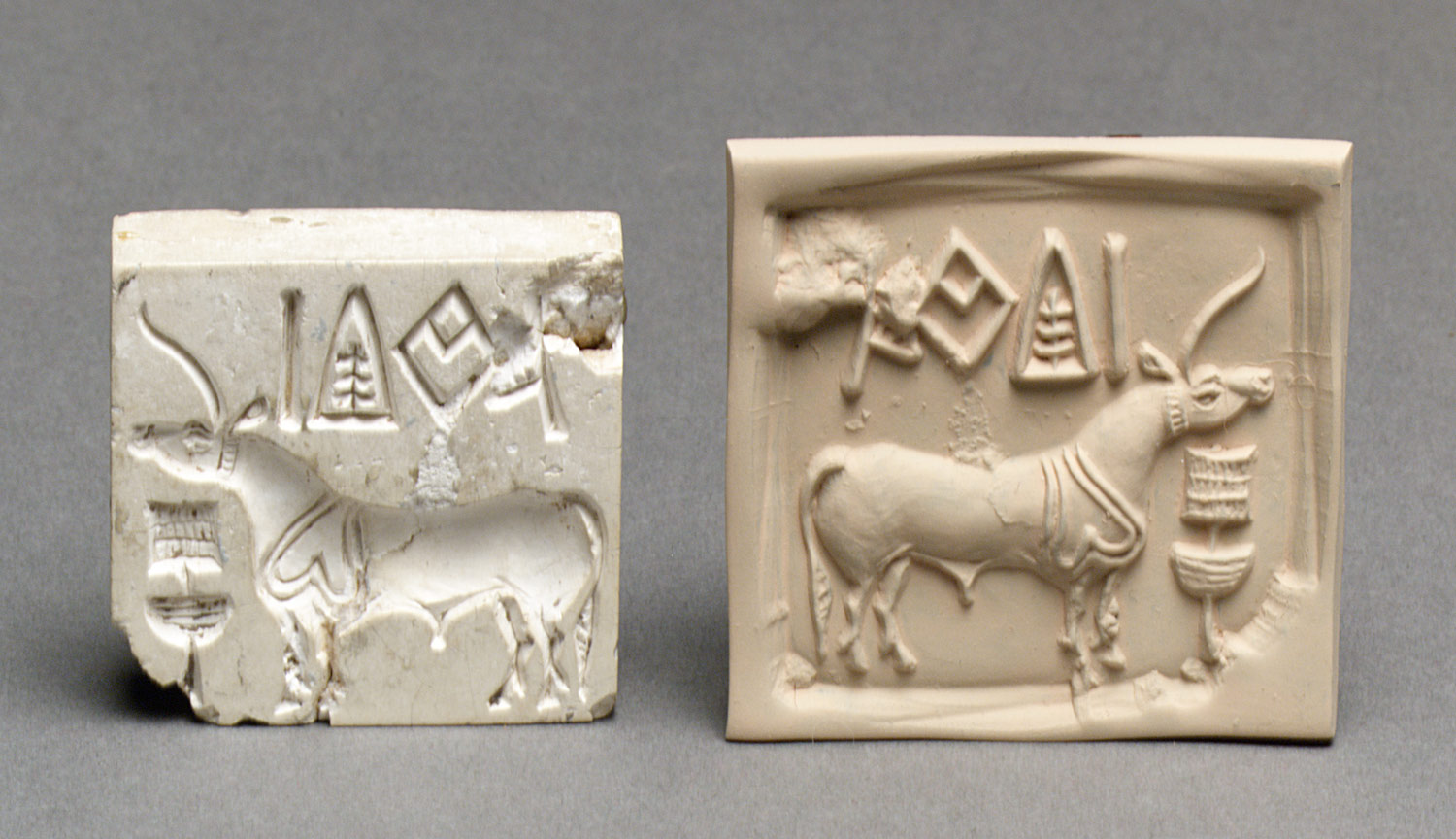
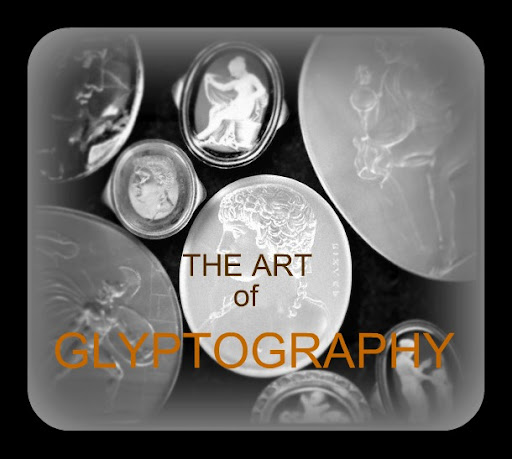


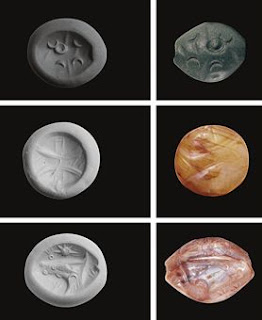

.+A+flying+heron.+Signed+Dexamenos+epoie+Chios..jpg)

.jpg)













+grapples+a+lion+in+a+common+eastern+pose..jpg)

.+By+the+Semon+Master..jpg)



